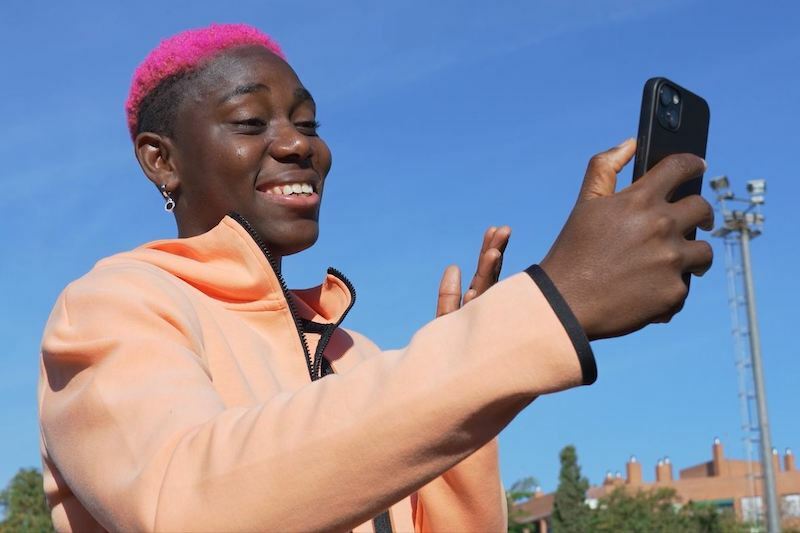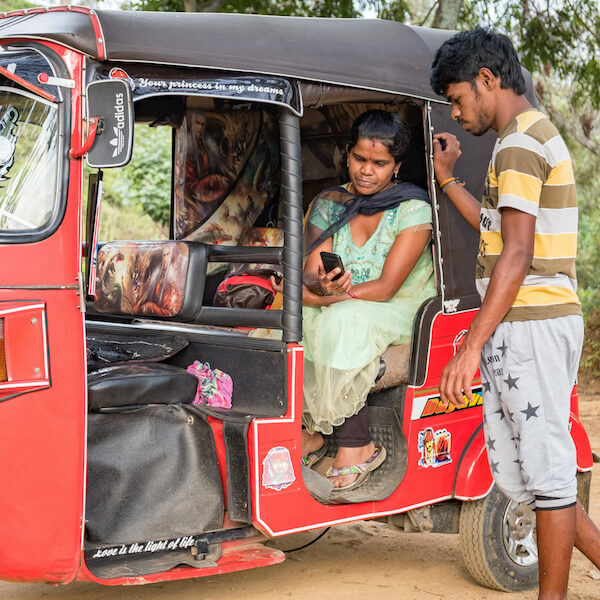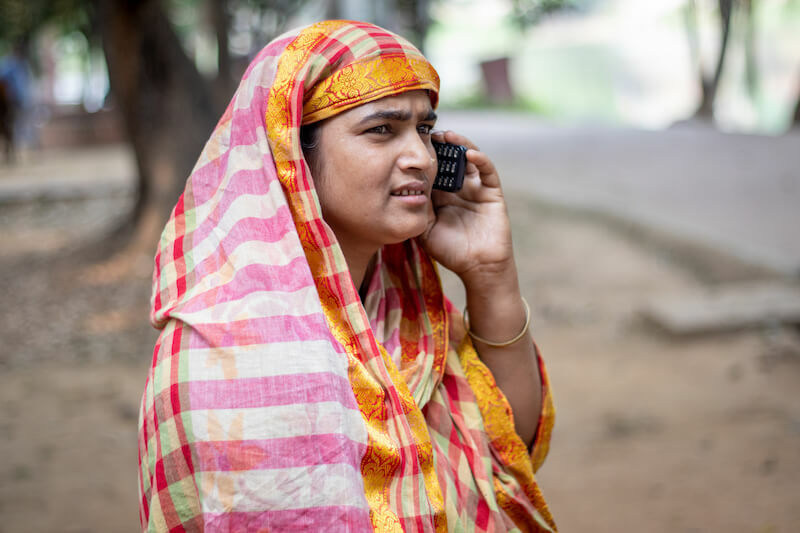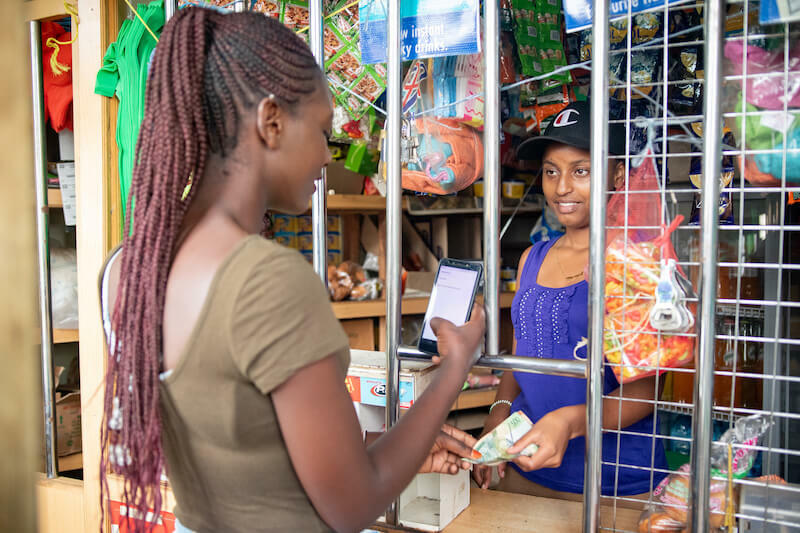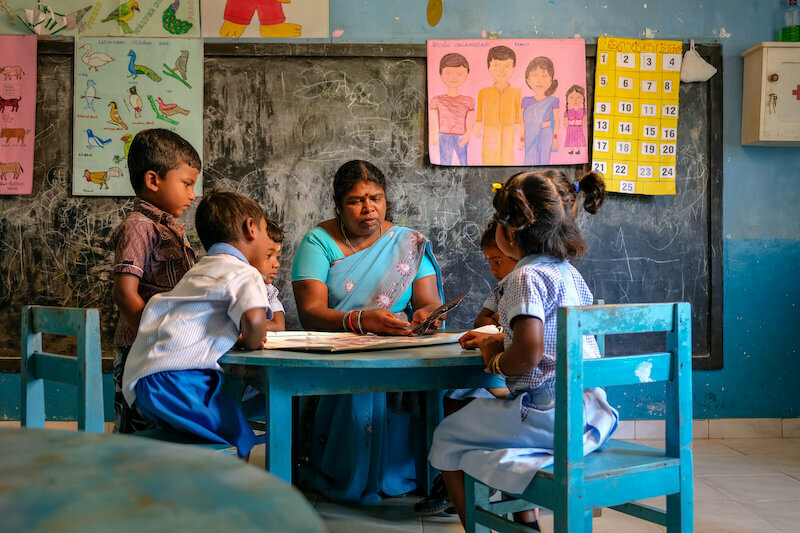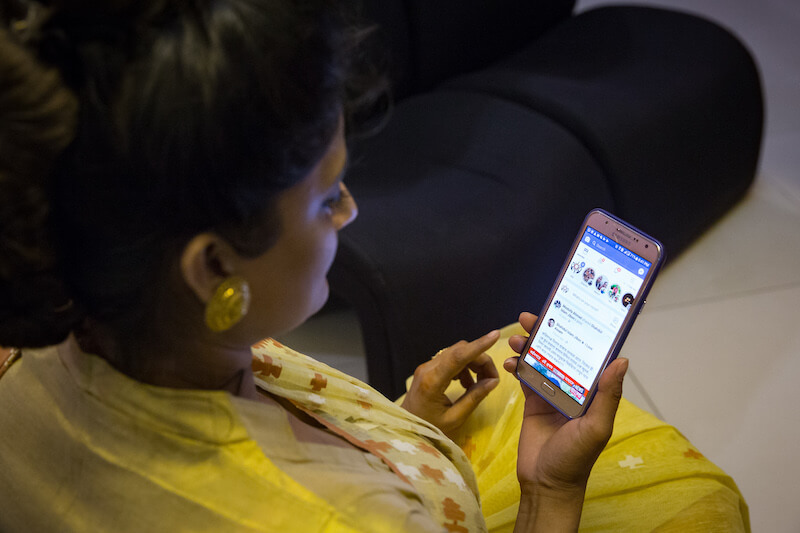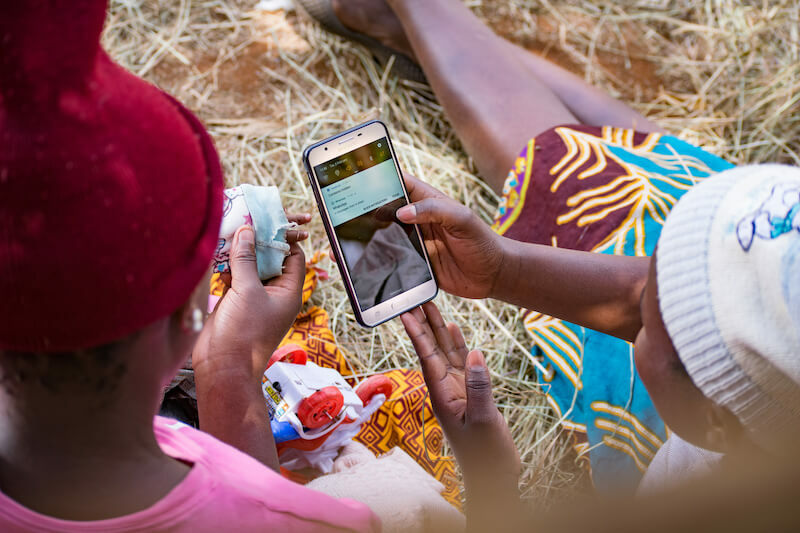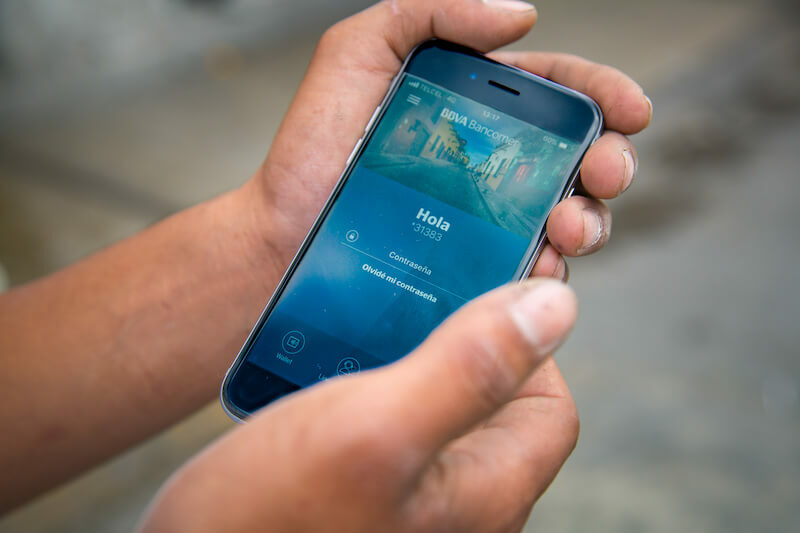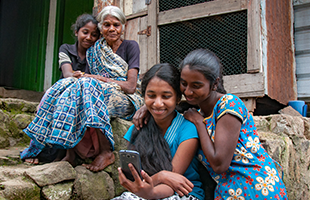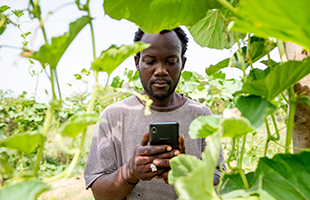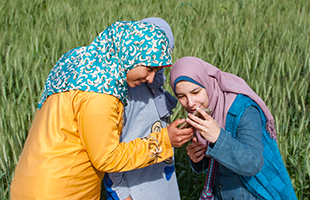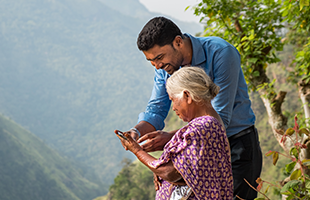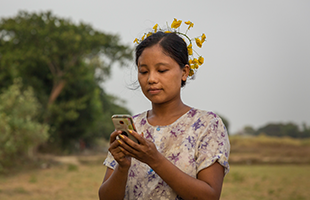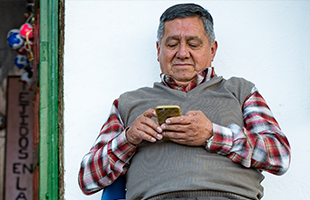The barriers to usage
89% of the unconnected live in an area already covered by mobile broadband.
The Usage Gap refers to people across the globe who are unable to take advantage of access to digital services, despite being covered by mobile broadband networks. It is a global issue, but disproportionately affects the world’s lowest-income countries.
The Usage Gap is the most pressing challenge to achieve digital inclusion as it impacts three billion people. This is equivalent to the entire populations of China, India, USA and Spain combined being unable to benefit from their access to mobile broadband networks.
The barriers to usage are known but are difficult to overcome.



